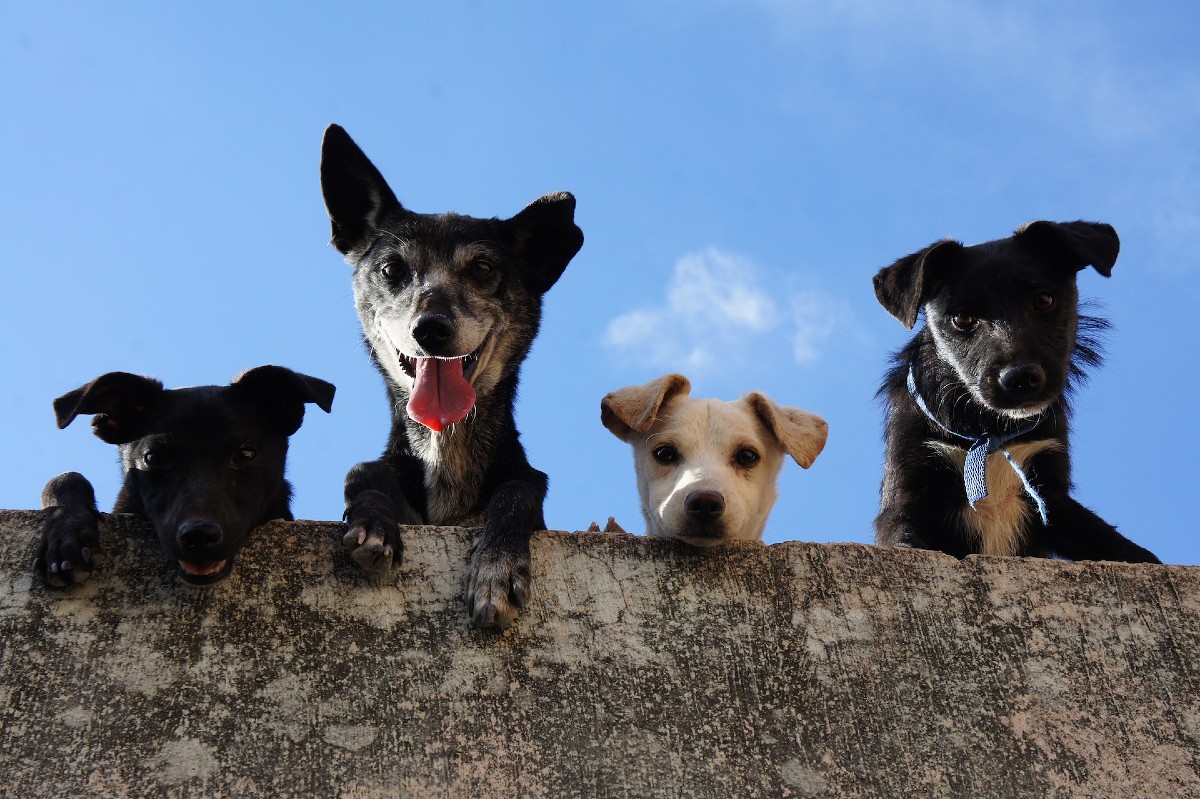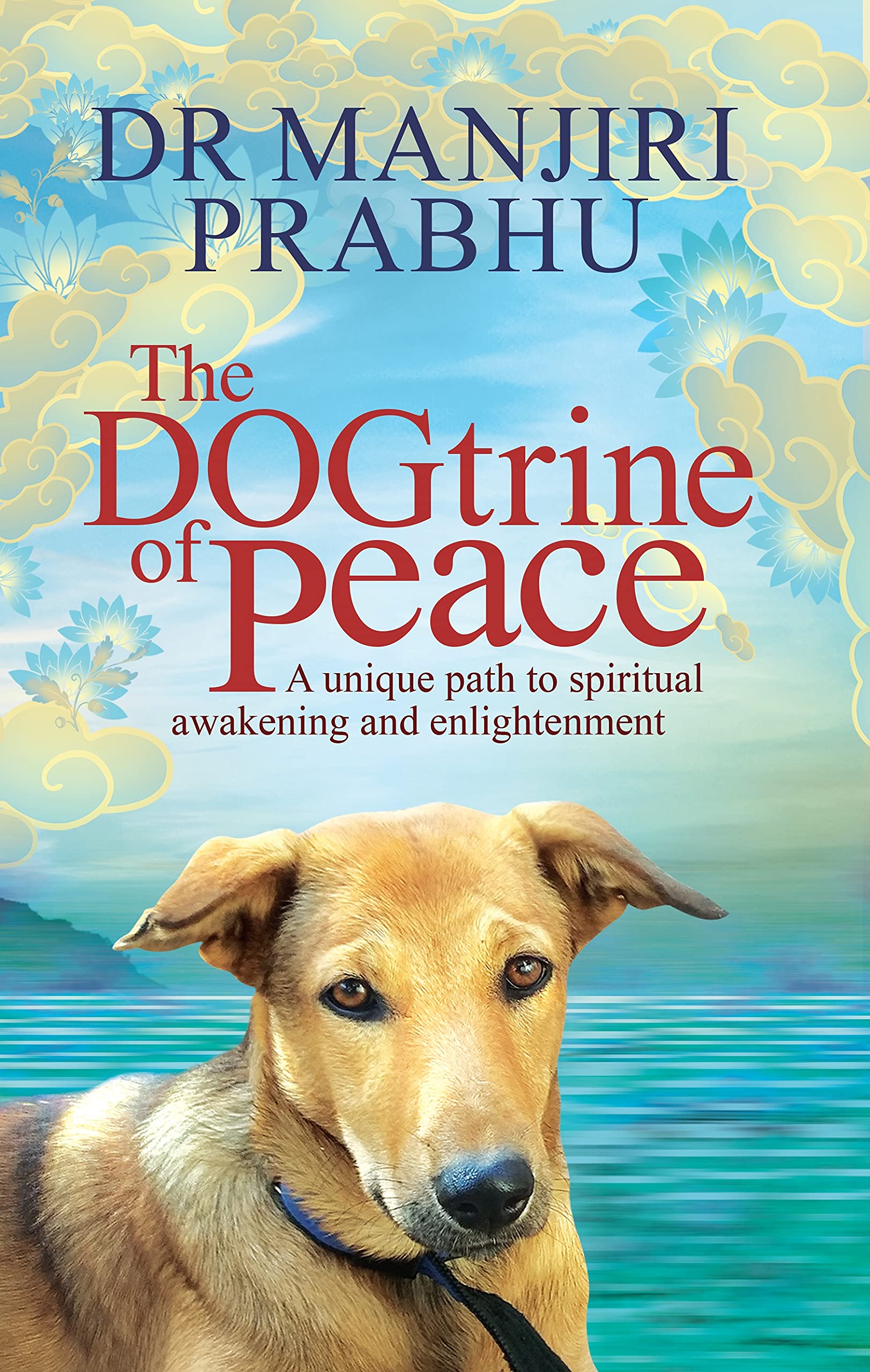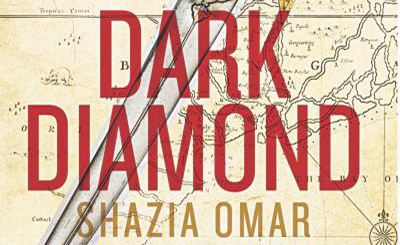
Dogs benefit human beings in multiple ways. But it is not just about stress-busting and healthy living, it is also about productivity, creativity and inspiration. Dogs have the ability to trigger your creative juices. The book How The Brain Works explains creativity as the correlation between three brain networks. The creative sparks we get are linked to our connections and three brain networks like the Default Mode Network, the Salience Network and the Central Executive Network. In simple language, the Default Mode is all about day-dreaming and lack of conscious thinking. When this mode is active, you are either reflecting on yourself, thinking of the future or thinking of others without any conscious effort. While you are in this first mode, the second mode is determining whether the information received can be used to engage the third network. For example, if someone calls your name when you are daydreaming, you immediately focus and respond. This is the Third Brain Network in action, which engages your first network and requires you to be attentive and focus on a given task. People who can strengthen switching between these three networks are definitely creatively strong. But it is in the first mode that ideas and thoughts really flow and spark creativity because the brain is good at connecting the gathered information when it is not pushed to be in a task-oriented mode. And it is this part of the brain network that can really benefit from the company of dogs. Stress, anxiety, pressure, restlessness, fatigue can all hinder creativity and productivity, but dogs, as we already now know, have proven to be invaluable to us in relieving these pressures. Which means that in the company of dogs, your default mode brain network is more relaxed, calmer, deeply thoughtful but unconsciously and hence prone to spark creativity.
As per Radwa Khalil, Ben Godde, and Ahmed A. Karim in ‘The Link Between Creativity, Cognition, and Creative Drives and Underlying Neural Mechanisms’, creativity is a multifaceted construct, in which different moods influence distinct components of creative thoughts. A remarkable study by Baas et al. (2008) explained how creativity is enhanced most by the positive mood. Baas et al. (2008) pointed out that positive-activating moods with an approach motivation and promotion focus (e.g. happiness) activated creativity. On the contrary, negative-activating moods with avoidance motivation and a prevention focus (e.g. fear, anxiety) are correlated with lower creativity.
Dogs are so useful in creating an atmosphere of harmony and productivity that they are now allowed into workplaces like Google. In fact, in its corporate conduct code documents, Google says that it is a dog company. ‘Google’s affection for our canine friends is an integral facet of our corporate culture.’ Dogs@work named Google as a 2018 recipient of The DOG Award. Nestle Purina Petcare with headquarters in St. Louis holds the world record for most pets in an office at one time and it even has a dog park. A $250 stipend is awarded for an adoption thus encouraging employees to become pet owners. Dogs at Airbnb in San Francisco, have their own badges to scan everyday like the other employees. Amazon, with headquarters in Seattle, has 6,000 registered dogs, an on-campus dog park, a doggie deck on the 17th floor, plus complimentary poop bags and treats for the dogs. Uber, with headquarters in San Francisco, allows PTO (paid leave) to new dog owners so that they can train their dogs at home before bringing them to the office. If that’s not all, dog beds are scattered around the office, to allow pups to lounge on. This goes to show that corporates have accepted and acknowledged the roles dogs can play on the moods of their employees and thus in their resulting productivity.

......Thus, dogs with their stress-busting influence and loving traits are the perfect tools to enhance positive-activating moods, which in turn prompt creativity. It is no wonder then that famous creative personalities have all had dogs as important parts of their lives. Enid Blyton, the famous children’s author and my spirit mentor who actually initiated me into writing, wrote several books about animals. In fact, my curiosity for nature and love for it are the gifts her books gave me. Animals and specially dogs always played a big role in her books. Like Timmy with the Famous Five series and Buster with the Five Find-Outers. Timmy was the perfect dog, loving, loyal, affectionate and caring. He would be there to guard the children if needed and physically protect them too, be playful and ready for any kind of adventure. Many of Enid Blyton’s characters were inspired from her own pets, for example Loony in the Barney books was inspired by one of her spaniels, Laddie. Blyton also wrote several letters from her dog Bobs to children. These ‘Letters from Bobs’ were published over a number of years in the periodical The Teachers World. Enid Blyton wrote Bobs’ letters every week to entertain young readers in the 1920s–40s, as if her fox terrier, Bobs, was writing to readers himself. The letters were addressed to ‘Dear Children’ and ended with a lick from Bobs. This carried on for a number of years, right up to 1945 even 10 years after Bobs’ death in 1935. At first the letters were short but they got longer and more detailed as time passed. A compilation of these letters is now out in the form of a book, in which the Terrier has a view on everything—frogs, fireworks, cats, Christmas and more. Throughout her career, Enid Blyton was inspired to write about her pets including Sandy, her other terrier. She had printed pictures of Bobs and would send them out to her fans.
Agatha Christie, another author who I consider as my spirit mentor and whom I greatly respect, was also a huge dog lover. Christie’s first dog was a Yorkshire Terrier, named George Washington by her father, but Agatha called him Tony. In her own words in her autobiography, Christie says, ‘On my fifth birthday, I was given a dog. It was the most shattering thing that ever happened to me; such unbelievable joy, that I was unable to say a word. When I read that well-known cliché “so and so was struck dumb” I realise that it can be a simple statement of fact. I was struck dumb—I couldn’t even say thank-you. I could hardly look at my beautiful dog. Instead I turned away from him. I needed, urgently, to be alone and come to terms with this incredible happiness.’
Agatha Christie had a lifelong love for dogs. Mathew Prichard, her grandson fondly remembers this love in The Essence of Agatha Christie, a video series. He says, ‘But possibly the one she loved best, was a short-haired terrier called Peter. Peter came into her possession sometime in the middle 1920s. He was affectionate and cemented her relationship with the species. I think around the time Peter’s real claim to fame was that he was around at the time when my real grandfather, Nima’s first husband left her. And her mother died at roughly the same time. And she was very upset and the famous incident of her so-called disappearance took place. And Nima always remembered that when she came home after her whole unscheduled trip to Harrogate, the first person she met at home was of course Peter, who met her as a long-lost friend, he wagged his tail and she felt for one moment, normal again. He eventually, in the middle thirties, became a star of a book called Dumb Witness.’ Peter is probably the most famous of her dogs who inspired Bob in her novel Dumb Witness.
But what is really interesting is her dedication to Peter in the book: ‘Dear Peter, Most Faithful of Friends and Dearest of Companions, A Dog in a Thousand.’ A touching acknowledgement of her affection for the dog and the love she must have received from him. Mathew says, ‘Nima’s and indeed the rest of the family's feelings about these strange animals called dogs, is that whenever you think that you haven’t got a friend in the world, or nothing is going right, one look at your dog and you feel that the world is slightly a better place. And I think that was the real secret of Nima’s great love and affection for these wonderful animals.’
On a lighter note, Mathew said to me, ‘One thing my grandmother definitely shared was a devotion for dogs—she had one of mine called Treacle once, whose relations with my mother’s dogs broke down in a bloody mess!’
When I write my novels, I am so engrossed in them, that I lose all touch with reality. At times, I work on multiple novels. When you swing between two worlds of fiction that you own, reality feels like a sliver of glue between the two. Often, if not careful, I feel like I am bordering on insanity as my real and fictitious worlds merge, again and again, and my emotions fuse with those of my characters . . . It is my dogs who have been that sliver of reality . . . Not only do they inspire me to write, they also ensure that they bring me back to grounded reality . . . thus playing the dual roles of igniting creativity as well as defusing the charged imagination when the time came.
My dog Tuggy has been my muse for 13 years and I wrote more than 10 books in her presence. She would sit under the table, her furry body breathing heavily on my feet, affording me warmth and comfort as I rode, yet again, into the realms of imagination, with the confidence that I can do it. And it was only when she passed away that I became starkly aware of a lack of a muse. I was writing the ‘Voice of the Runes’, a destination thriller based in Sweden which required all my creative faculties in a strong position. But on 31 March 2018, Tuggy passed away after a prolonged illness. Bipin and I did our best to save her but to no avail. Her loss touched me so deeply, I felt as if I was thrown adrift, from myself, in the whole world without any compass or motivation to return to self. And in this situation, I had a scheduled manuscript submission. When I got repeated calls from my publisher enquiring about the manuscript, I requested for more time. But all I did was open my laptop and stare at the screen and thoughts of Tuggy would invade all my creative spaces . . . I could sense her around me, but the fact that I couldn’t feel her warm body resting on my feet, made the loss seem life-changing. The grief was immense and all I did was cry day in and day out. When one month had passed and I had not written a single word, I knew that I had really lost my muse Tuggy and along with her my will to write. I was desperate and panicking because I didn’t know how to overcome this sense of irreparable loss, stop thinking about Tuggy and focus on the work on hand. And so, I did the only thing I could think of... I prayed to Tuggy. Spontaneously and with the firm belief that she would listen to me. I beseeched her to continue being my muse through her spirit, even in her physical absence. I poured my emotions and heart into the plea and opened the laptop. And, to my great surprise and relief, I began writing... the words just flowed and I sat on my couch and wrote and wrote, till there was a dent in the couch. Time flew and I only took a break for necessities, but it was as if my fingers needed no rest and a blocked dam had burst. At the end of the month, the manuscript was complete.
Till date, I believe that it is the best novel I wrote—it may be fiction, but the emotional turmoil in the novel, the pangs of love and loss were all true and came from a place of sheer grief and pain at the loss of Tuggy. The presence of dogs in your life most certainly helps a person to be more productive and it all stems from the fact that dogs help you to relax, take away your stress and jog the creative cells.
Excerpted from The DOGtrine of Peace: A Unique Path to Spiritual Awakening and Enlightenment by Manjiri Prabhu, published by Readomania (pp. 288, Rs 450)
More from The Byword
Comments
*Comments will be moderated











